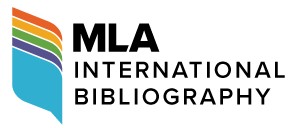Abstract
Franz Kafka's late short story “A Hunger Artist” depicts an artist who performs the act of hunger within the confines of an iron cage. The figure's self-referential reflexivity, a hallmark of modernity, along with the story's dual dimensions of “testimony” and “prophecy,” has inspired creative interpretations from theorists including Walter Benjamin and Giorgio Agamben. These interpretations encompass perspectives including theological allegory, corporeal apparatus, historical consciousness, and testimonial writing. Together, they illuminate the core theme of “art as installation-event.” By undertaking a comparative reading of the story and its critical interpretations, this study contributes to a deeper understanding of the “dialectical phenomenon” in avant-garde art during the 20th-century modern art movement, which combined destructive and creative forces. This movement saw art transition from still-life to installation, performance, and even event.
Keywords
Franz Kafka, Walter Benjamin, installation-event, “A Hunger Artist”, testimonial writing
First Page
79
Last Page
90
Recommended Citation
Chen, Han. 2025. "Art as “Installation-Event”: A Benjaminian Reading of Kafka's “A Hunger Artist”." Theoretical Studies in Literature and Art 45, (2): pp.79-90. https://tsla.researchcommons.org/journal/vol45/iss2/8


